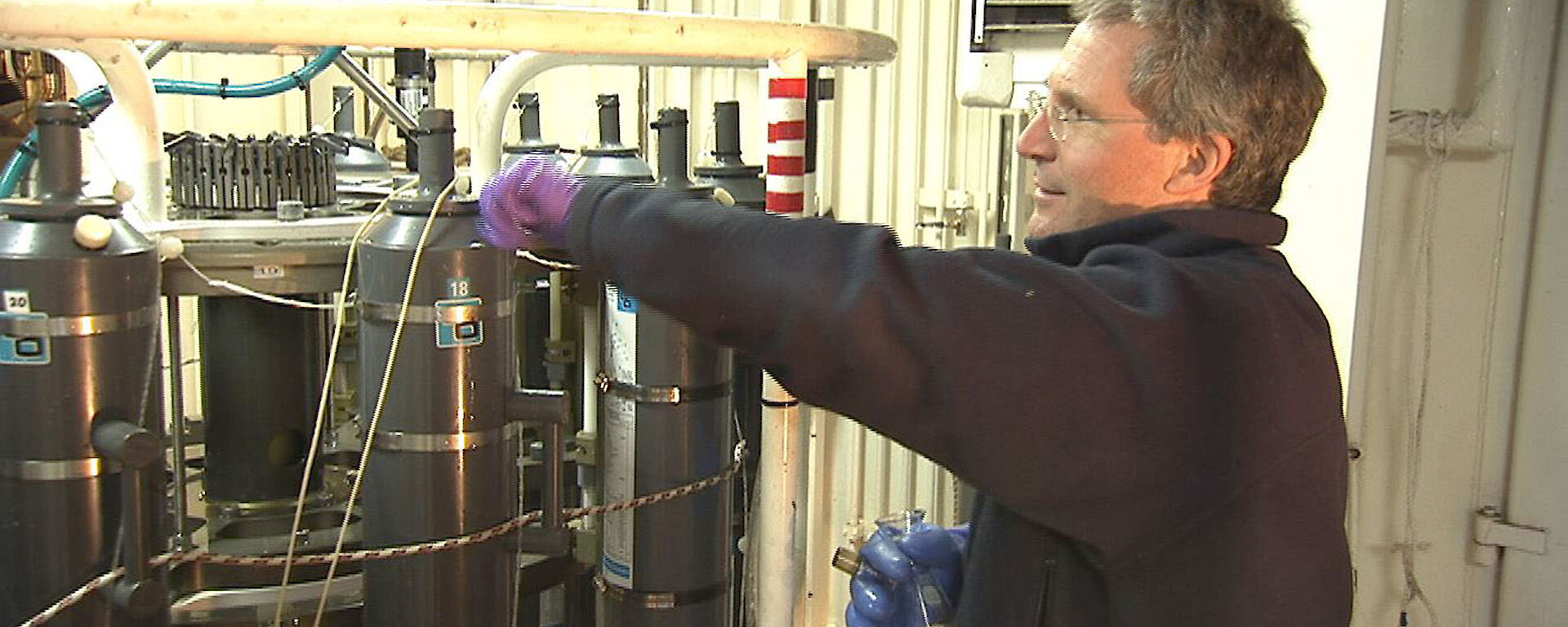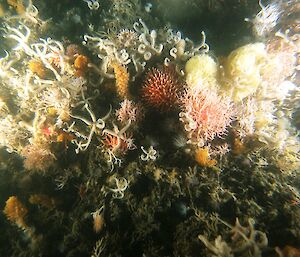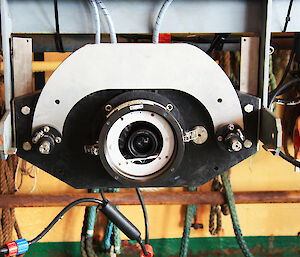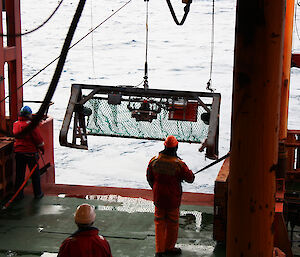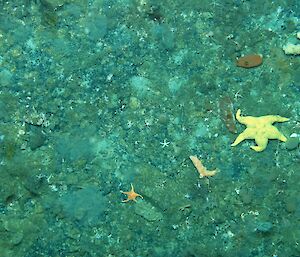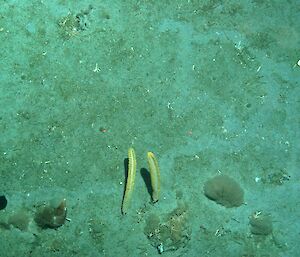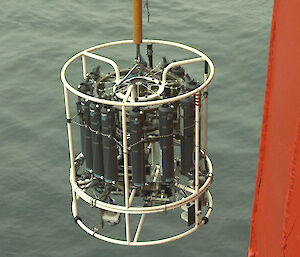Sea stars as big as hubcaps, colourful sponges and feathery sea pens have been revealed after nearly 80 years in dark Antarctic waters.
In January last year a 78 kilometre piece of the Mertz Glacier tongue in East Antarctica broke off, exposing a section of the Southern Ocean previously covered in hundreds of metres of ice and providing scientists with a once-in-a-life-time opportunity to test theories of how the ecosystem might respond to such large-scale changes.
This summer a team of 40 Australian and international scientists visited the region to study the impact of the calving on ocean circulation and productivity.
Oceanographer with the Antarctic Climate and Ecosystems Cooperative Research Centre, Dr Steve Rintoul, said it was found that the salinity of the ocean around the Mertz glacier had decreased.
“We measured water properties at 149 stations over the continental shelf and slope in the Mertz region,” Dr Rintoul said.
“A preliminary analysis of the results shows the waters sampled were much fresher and less dense than samples taken at the same locations in 2008.
“This could potentially be due to the melting of thick sea ice which used to be trapped on the eastern side of the Mertz Glacier tongue but is now floating freely in the area.”
One surprise discovery of the voyage was the presence of large phytoplankton blooms.
“In some places there was so much organic material raining down through the water column that we could measure chlorophyll (a photosynthetic pigment) down to depths of more than 200 metres. Usually we only find chlorophyll in the upper 50 to 75 metres,” Dr Rintoul said.
The scientists on the month-long voyage on the Aurora Australis also investigated the sea-floor in the Mertz region.
Australian Antarctic Division Program Leader, Martin Riddle, said underwater cameras were deployed where the glacier tongue used to be, revealing a surprising diversity of life, and were used to investigate the extent of vulnerable cold-water coral communities previously discovered in canyon systems running down the continental slope.
“We used a digital SLR camera inside a waterproof casing to take over 1800 still images of the sea floor at depths ranging from 170–2300 metres,” Dr Riddle said.
“Despite no natural light reaching the area for nearly 80 years, nutrient-rich water has supported a proliferation of vulnerable marine life, including sea-stars the size of hubcaps.”
It’s hoped the information gathered on the Mertz voyage will help support Australia’s application for a Marine Protected Area (MPA) in the Mertz region.
Australia’s 2010/11 Antarctic season wrapped up today with the return of the icebreaker Aurora Australis to Hobart.
This year more than 110 scientists travelled south to undertake almost 50 different science projects at Australia’s three continental stations.

